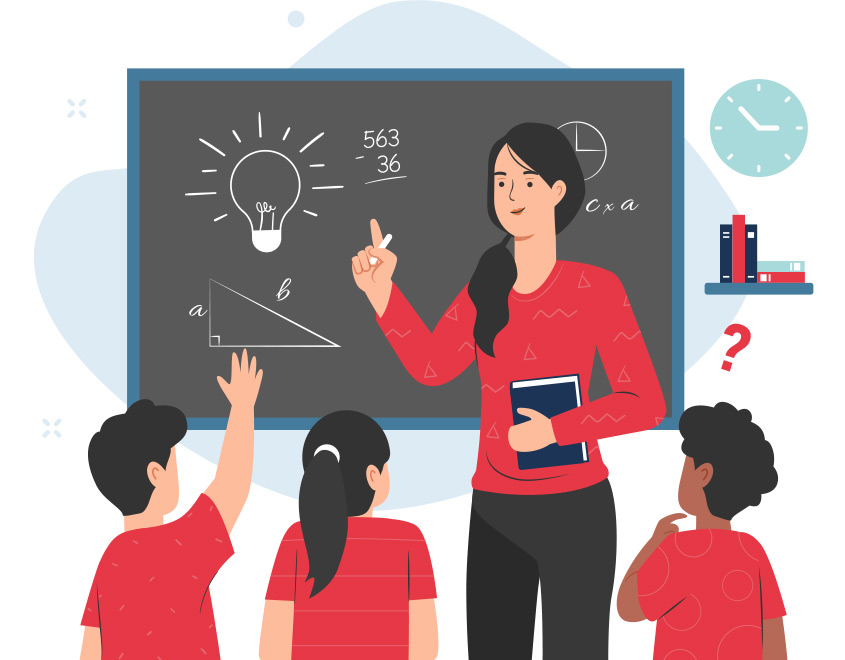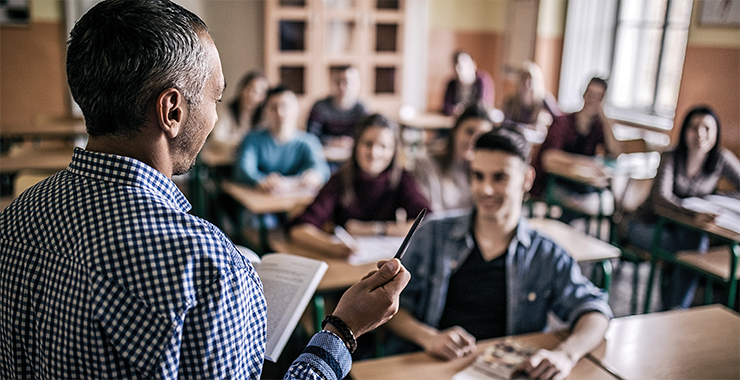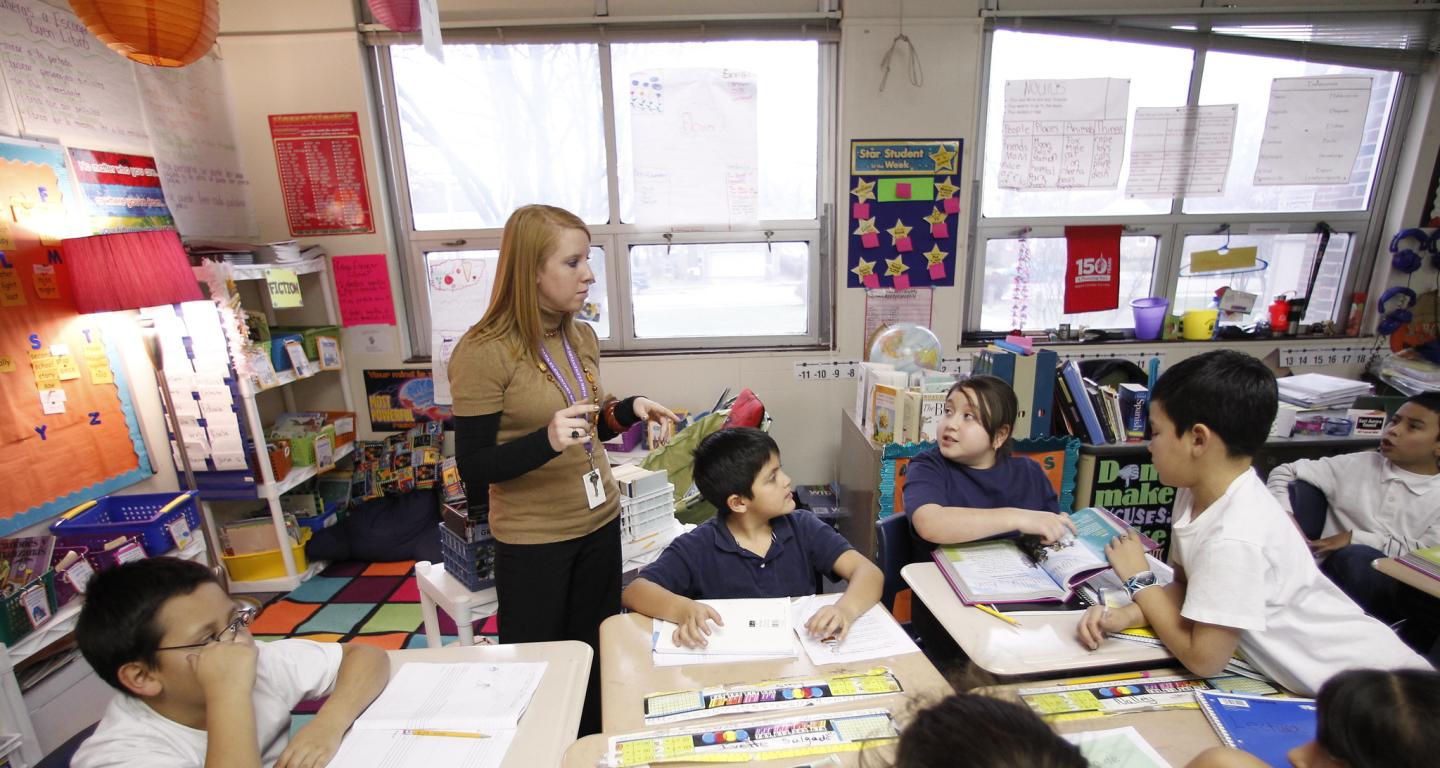Top Primary Science Tuition Singapore to Help Your Child Excel
Top Primary Science Tuition Singapore to Help Your Child Excel
Blog Article
Discovering the Various Mentor Strategies in Key Scientific Research Education And Learning Today
Inquiry-based learning, hands-on experiments, and the assimilation of innovation are redefining how teachers involve young minds. Furthermore, collaborative techniques and distinguished instruction are being utilized to provide to the diverse needs of pupils, enhancing both involvement and understanding.
Inquiry-Based Learning
Inquiry-Based Knowing (IBL) is an instructional method that motivates pupils to discover scientific principles through doubting, investigation, and hands-on experimentation. This technique stresses the duty of pupils as energetic individuals in their understanding, promoting critical reasoning and analytic skills. By engaging with real-world questions, trainees come to be interested and motivated, which improves their understanding of scientific principles.
In IBL, teachers function as facilitators, directing pupils as they browse their questions instead of delivering information directly. This student-centered strategy allows for distinction, suiting different finding out paces and styles. Students create skills in developing theories, creating experiments, and evaluating data, which are crucial for scientific proficiency.
Additionally, IBL cultivates collaboration among pupils, urging them to share findings and concepts. This collective questions promotes social abilities and a sense of area within the class. The procedure of query motivates resilience, as students find out to welcome failure as a stepping stone towards understanding.
Hands-On Experiments
Hands-on experiments are an important part of effective scientific research education and learning, matching the principles of inquiry-based knowing. These experiments enable students to involve straight with scientific concepts, promoting a much deeper understanding with experiential discovering. By adjusting materials and observing results, young students can understand abstract concepts in substantial ways.
Such tasks advertise critical reasoning and analytical skills, as students assume results, conduct experiments, and examine outcomes. This procedure motivates them to ask concerns, fine-tune their understanding, and create a clinical frame of mind. Hands-on experiments can be tailored to diverse knowing styles, making certain that all students have the possibility to involve meaningfully with the web content.
In addition, hands-on experiments often encourage collaboration among peers, promoting teamwork and interaction skills. Functioning in groups allows trainees to share ideas, go over searchings for, and pick up from one another, which enhances their total instructional experience.
Incorporating hands-on experiments right into the primary science curriculum not only enhances the finding out environment but also cultivates a lifelong interest in science. By actively joining their education, trainees are much more likely to create an interest for clinical questions that expands past the classroom.

Innovation Assimilation
Incorporating modern technology right into main science education has become increasingly necessary in fostering student involvement and boosting discovering outcomes. Making use of digital devices, such as interactive simulations, online laboratories, and instructional software program, gives trainees with opportunities to discover clinical ideas in ingenious ways. These resources help with a deeper understanding of intricate topics by enabling students to imagine and manipulate variables that would certainly be unwise in a typical class setting.
Moreover, modern technology assimilation encourages customized learning experiences. Pupils can advance at their own pace, taking another look at challenging principles via multimedia sources, which deal with different knowing styles. This flexibility not only sustains individual development however additionally cultivates a feeling of freedom in learners.
Furthermore, technology offers as a bridge to real-world scientific research, linking pupils with current study and expert contributions. Accessibility to scientific journals and on-line databases expands pupils' perspectives on clinical inquiry and promotes vital assuming skills.
Collaborative Learning
Collaborative discovering plays an essential role in key science education by promoting synergy and communication abilities amongst pupils. This approach motivates students to interact, share understanding, and involve in problem-solving, which improves their understanding of clinical principles. By taking part in team activities, trainees discover to articulate their ideas, listen to diverse perspectives, and work out remedies, every one of which are important skills in both real-world and academic contexts.

Study suggests that collaborative learning can cause increased motivation and involvement in science topics, as pupils find satisfaction in common experiences (primary science tuition Singapore). Additionally, this technique prepares students for future collaborative ventures, outfitting them with the abilities needed for effective synergy in higher education and specialist settings. Ultimately, accepting collective learning in primary science education read the full info here and learning can significantly enrich the discovering experience and advertise a much deeper understanding of clinical questions
Differentiated Direction

Distinguished instruction can manifest in different methods, such as varying the content, processes, or items of understanding. For example, educators may utilize tiered projects that offer differing levels of complexity, allowing pupils to function at their corresponding preparedness degrees. Additionally, adaptable organizing strategies can facilitate cooperation among pupils with various capabilities, fostering peer understanding.
Evaluation plays an important role in this technique, as it informs guideline and assists instructors comprehend each pupil's unique requirements. Formative evaluations, such as observations and tests, can assist educators in changing their approaches to enhance learning end results. primary science tuition Singapore. Ultimately, by applying distinguished guideline in main science education and learning, educators can cultivate a much more fair and reliable understanding environment, equipping all students to reach their complete capacity in comprehending clinical sensations
Conclusion
In recap, the diverse mentor techniques in key science education, including inquiry-based discovering, hands-on experiments, modern technology integration, collaborative knowing, and differentiated direction, collectively add to a much more reliable understanding atmosphere. These techniques advertise critical reasoning, problem-solving skills, and a much deeper understanding of clinical ideas. By carrying out these approaches, instructors can produce helpful and interesting classrooms that address the varied needs of pupils, ultimately fostering a lifelong passion in scientific research and boosting scholastic accomplishment.
Inquiry-Based Discovering (IBL) is an instructional method that motivates students to discover clinical ideas through questioning, examination, and hands-on trial and error.Joint discovering plays a crucial role in key scientific research education by fostering teamwork and interaction skills amongst pupils.Research shows that collective knowing can lead to increased inspiration and engagement in scientific research subjects, as students discover enjoyment in common experiences.In fostering an inclusive discovering environment, set apart direction emerges as a check that vital technique to suit the diverse demands and abilities of trainees in primary scientific research education. Eventually, by applying separated guideline in main scientific research education, teachers can grow a more efficient and fair learning atmosphere, equipping all students to reach their full possibility in understanding scientific sensations.
Report this page